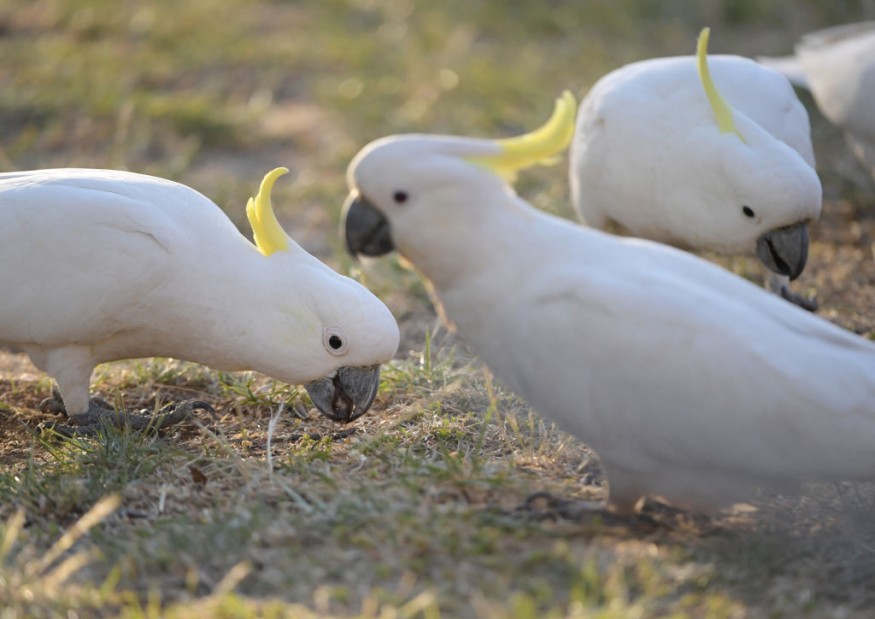The gang-gang cockatoo or gang-gang birds will be officially placed under the threatened species list, according to the Australian government.
This came after a population decline of the gang-gang cockatoos due to the widespread bushfires across Australia in 2019 and 2020.
The bushfires or wildfires of 2019 and 2020 affected swathes of agricultural and forest lands in multiple states across Australia, including New South Wales, Queensland, Victoria, Western Australia, and the Northern Territory.
It affected not only humans but also the natural habitats and ecosystems of animals.
The fires led to extreme economic repercussions for Australia as they also damaged multiple properties, including agricultural lands, commercial properties, houses, and buildings.
The cause of the fire is linked with climate change with almost two decades in the making.
Threatened Species List

The gang-gang cockatoo birds will be placed under the threatened species after Sussan Ley, the Australian minister of environment, approved the recommendation by the scientific committee to place the birds into the list and be protected in line with the environmental laws of Australia.
In 2021, the Threatened Species Scientific Committee recommended cockatoos be placed on the list and proposed a national recovery plan for the birds.
The Australian Capital Territory government accepted the recommendation and conservation efforts are underway, as per Canberra Times.
Once thriving in their habitats in rural Australia, the cockatoos' population decreased after the bushfires or wildfires wreak havoc across Australia between September 2019 and February 2020.
The birds are also known to be the so-called animal symbol of Canberra and the Australian Capital Territory.
Under the threatened species list, the cockatoos and other animals belonging to this category will be given priority in terms of protection, repopulation, and conservation efforts with the aim of bringing back their population enough in safe numbers and away from extinction.
The 2019-2020 Bushfires
According to the Australian Parliament House (APH), the wildfires between September 2019 and February 2020, also known as the '2019-2020 bushfires,' were responsible for the killing of 33 people and deaths of more than a billion animals nationwide.
It also destroyed thousands of properties.
The 2019-2020 bushfires affected multiple natural habitats and killed several species of birds, mammals, reptiles, frogs, and other fish species.
The gang-gang cockatoo birds are just one of the many animals that were ravaged by the fire, which led to a displacement of animals, including koalas and kangaroos.
Also called the 'Black Summer,' the 2019-2020 bushfires are the most severe natural phenomenon of wildfires in the modern history of Australia.
The incident had cost economic damage of more than $100 billion Australian dollars, as estimated by AccuWeather.
A Brand New Start
The placement of the gang-gangs under the threatened species list will be the first step towards the national recovery of the population of not only the said bird species but also the other animals that survived the Black Summer.
The bushfire season of Australia spans throughout the year, especially between August and May.
Still picking up from the wildfire incidents, Australia has provided a series of emergency and recovery measures for people and animals since then.
Related article : Australia Battle Bushfires in West as Floods Impact the Country's East
© 2025 NatureWorldNews.com All rights reserved. Do not reproduce without permission.





